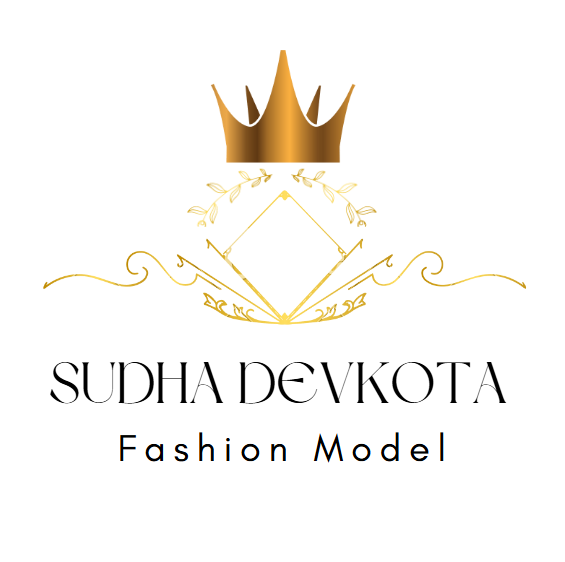My Take on Commercial & Print Modeling: Exploring the Exciting World of Fashion and Advertising
If you’re anything like me, the glitz and glam of the fashion world have probably caught your eye. There’s something magical about how a single image can convey a mood, sell a product, or tell a story. Commercial and print modeling are two avenues where aspiring models can find incredible opportunities. Let’s dive into what these fields are all about and why they’re great pathways into the modeling world.
What is Commercial Modeling?
Commercial modeling is all about representing brands in a way that resonates with a wide audience. Unlike runway modeling, which focuses on high fashion, commercial models are seen in everyday products and lifestyle brands—from food and healthcare products to tech and travel ads. You’ve probably seen commercial models on billboards, in magazines, or on social media. Their images are everywhere because they’re accessible, relatable, and effective at selling a story that audiences can connect with.
Characteristics of a Successful Commercial Model
Unlike high fashion, commercial modeling values diversity and relatability. Agencies look for people who can embody “real-life” situations and bring authenticity to the role. Here are a few traits successful commercial models often have:
- Expressiveness: Commercial models should be able to convey various emotions, as they’ll need to portray everything from happiness and excitement to curiosity and calm.
- Approachability: Many brands want someone who feels “real” to customers. Friendly and approachable looks are a big asset in this field.
- Diverse Looks: Age, body type, ethnicity, and gender diversity are essential here. Brands want models who look like the people they’re marketing to, so there’s a place for almost everyone!
What is Print Modeling?
Print modeling is similar to commercial modeling but slightly more specialized. Print models appear in catalogs, magazines, advertisements, and more, serving to sell products through photography. In print modeling, the focus is often more on creating a visually appealing image than on acting a part. You may find print models in high fashion editorial spreads as well as in casual catalog shoots.
Skills That Shine in Print Modeling
Being photogenic is essential, but there’s more to it! Here are some key skills for success in print modeling:
- Awareness of Angles: Print models know how to work with their angles and understand how their face and body look from different perspectives.
- Adaptability: Each shoot has a unique vibe, and models often have to switch from one look or mood to another quickly.
- Creativity: The best print models are creative—they bring ideas to the shoot, play with poses, and work with photographers to get that perfect shot.
Commercial vs. Print Modeling: What’s the Difference?
While both commercial and print modeling involve photography and storytelling, there are some key differences. Commercial modeling is more about selling a brand story through lifestyle or situational photos, whereas print modeling focuses more on selling a product directly through images.
Commercial models may also appear in short video ads, whereas print models stick to still photography. In other words, if you’re looking for a place where you can be expressive and act, commercial modeling is a good fit. But if you love the idea of creating beautiful, eye-catching images, print modeling might be more up your alley.
The Pros and Cons of Each Path
Let’s break down some of the main benefits and challenges of each path to help you decide where you’d like to start.
Pros of Commercial Modeling
- More Opportunities: Since it’s a wide field with many brands in need of relatable faces, commercial modeling has more frequent gigs.
- Diverse Requirements: You don’t have to fit a specific mold—agencies look for various ages, looks, and backgrounds.
- Growth Potential: A successful commercial modeling career can lead to brand ambassador roles or even endorsements.
Cons of Commercial Modeling
- Limited Glam Factor: If you’re looking for high fashion, commercial modeling is less about runway glam and more about relatability.
- Quick Turnaround: Commercial modeling can involve short-term contracts, so gigs may not be as consistent as print modeling assignments.
Pros of Print Modeling
- Higher Glamour Factor: Print modeling often has a more polished, editorial feel, making it a good choice if you love the glitzy side of fashion.
- Artistic Opportunities: Working on print modeling shoots allows you to explore creative poses, angles, and styles that highlight your unique look.
- Potential for Recognition: Print models can land magazine covers, which can lead to more visibility in the fashion world.
Cons of Print Modeling
- Narrower Opportunities: Print modeling is more competitive and often requires specific looks, particularly in high fashion.
- More Rigid Requirements: Height, body type, and age requirements can be more limiting in print modeling than in commercial.
How to Get Started
Whether you’re leaning toward commercial or print modeling, starting out requires building a strong foundation. Here’s a roadmap:
- Build Your Portfolio: Agencies and clients will need to see a variety of looks and poses. Work with photographers to create a portfolio that highlights your versatility.
- Sign with an Agency: A reputable agency can open doors and connect you with potential clients. Research agencies that specialize in commercial or print work based on your goals.
- Practice, Practice, Practice: Take classes, practice poses, and get comfortable in front of the camera. Modeling is a skill that takes time and dedication.
Wrapping Up: Finding Your Niche
Both commercial and print modeling offer exciting pathways into the modeling world. If you’re just starting, exploring both can help you discover where you feel most comfortable and where your unique talents shine. Remember, the best models are those who are passionate, adaptable, and always open to learning and growing.
In the end, the choice between commercial and print modeling comes down to your personal goals and style. Whichever path you choose, embrace it with confidence and have fun!
